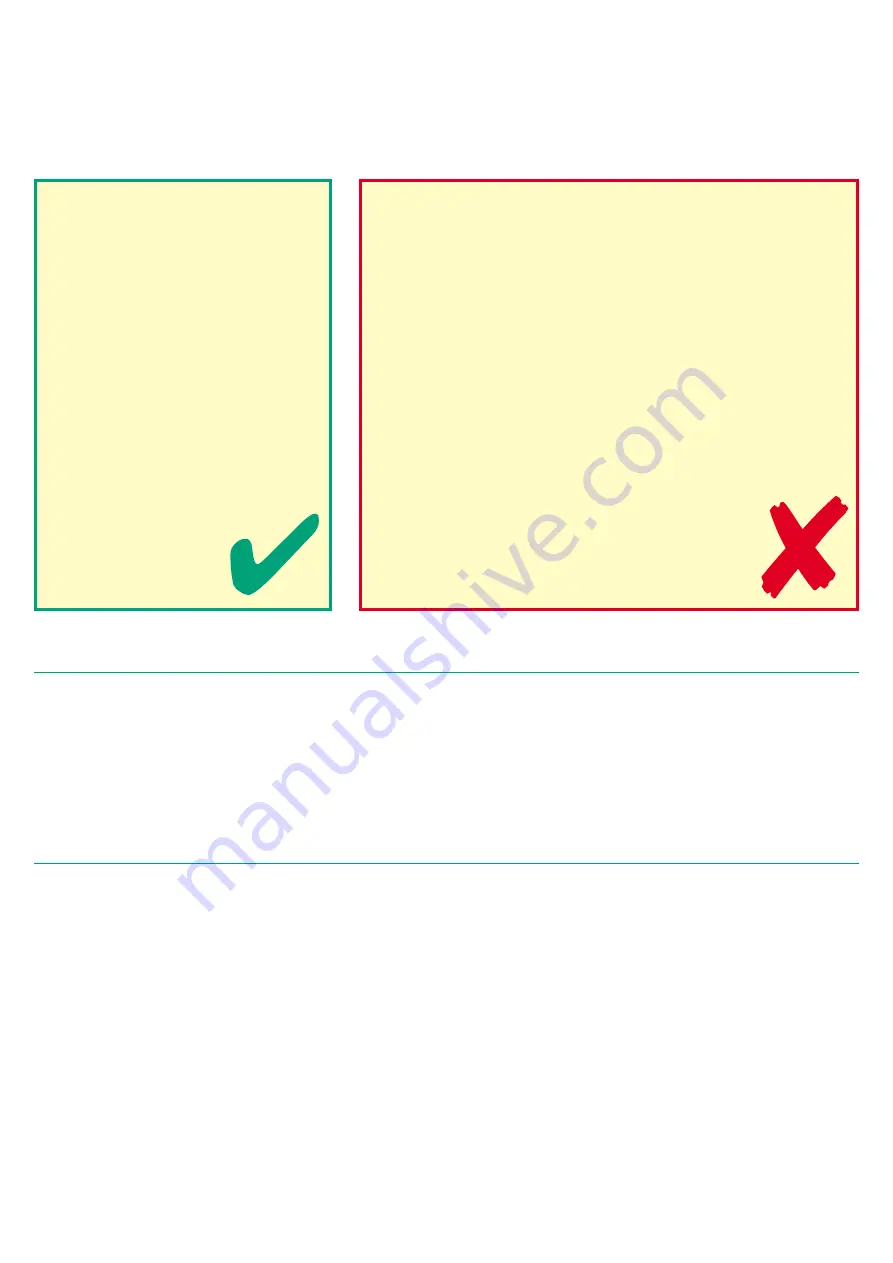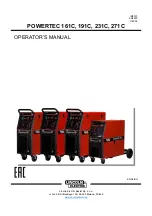
If the following instructions are followed, in conjunction with existing NIBE guides, you should
be able to ensure that your system works efficiently to give you heating and hot water when
you require it.
Ventilation System:
The underfloor heating and ventilation is powered by the exhaust air heat pump. The heat pump will either
be located in a cupboard in your hallway or in the loft space of the house. On completion, the heat pump in
your house was commissioned. This involved adjusting the extract points in your kitchen and bathroom. These
extract points should not be adjusted as this will unbalance the system and affect its efficiency. Warm moist air
is extracted from the kitchen and bathroom and returned to the heat pump where all the energy is re-used. The
stale air is exhausted out of the house. The heating and ventilation devices are combined. The heat pump acts like
a dehumidifier, which creates a healthier indoor environment making it easier to heat the property.
Heating & Hot Water System:
The heat pump heats the hot water supply and also the water for the underfloor heating. It is designed to operate
24 hours per day. It is very important to the efficiency of the heating system that the system is operated properly.
Each room in the house is a heating zone and as such has a room thermostat. For the system to work
economically every zone has to work independently of any other. This means that room doors should always be
closed where possible to prevent the temperature of one zone affecting the other. For instance if you have your
hallway set at 17oc with the living room door open, your living room will be trying to heat the hallway and never
get up to the correct temperature, ie. will continue to call for heat making the system lose its efficiency. The only
room in the house that doesn’t have a room stat is the bathroom which is on all of the time. Lower temperatures
cause the immersion to come on which is expensive to run. Running the heat pump at a lower temperature does
not make it cheaper to run.
Wet rooms such as toilets and bath/shower rooms will not have a room stat, this is called and open loop. The
heat pump itself will control the temperatures of these rooms. They may be slightly warmer than the other rooms.
This will help the efficiency of the heat pump.
The hot water temperature should be set between 45
o
c and 50
o
c. The heat pump has been set to raise the
temperature of the water to 60
o
c for a period of 3 hours every 2 weeks to prevent any danger of Legionella. This
will pasteurise the water. You will therefore find the water much hotter during these periods.
•
Don’t block the ventilation ducts. The air flow has
been calculated specifically for your home
and poor air flow can affect and damage the
performance of the system
•
Don’t attempt to change the settings inside this
unit unless instructed by a trained service
engineer
•
Don’t expect your radiators to become hot. Your
home will maintain a consistent temperature
•
Don’t remove/swap the ventilation ducts from
their dedicated position after cleaning
•
Don’t open windows to clear condensation
when bathing or cooking
•
Don’t put the heat pump on standby
Do’s and
don’ts
of the NIBE system:
•
Do clean the air filter
regularly (every month).
Put in a calendar as a
reminder
•
Do clean the ventilation
devices regularly using
a small brush ensuring
they are replaced
•
Do keep the house
above 17
o
c
•
Do keep doors closed to
prevent drafts. This
can reduce heat
pump efficiency
Page 2
























